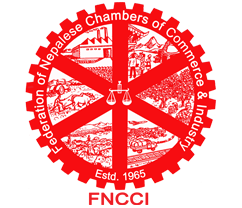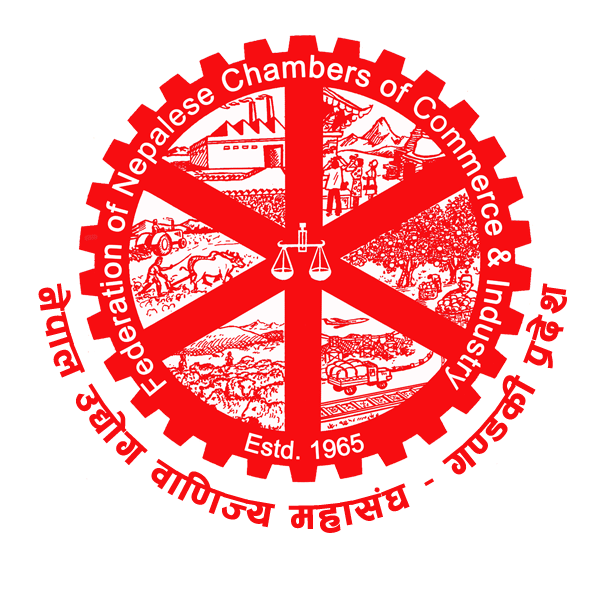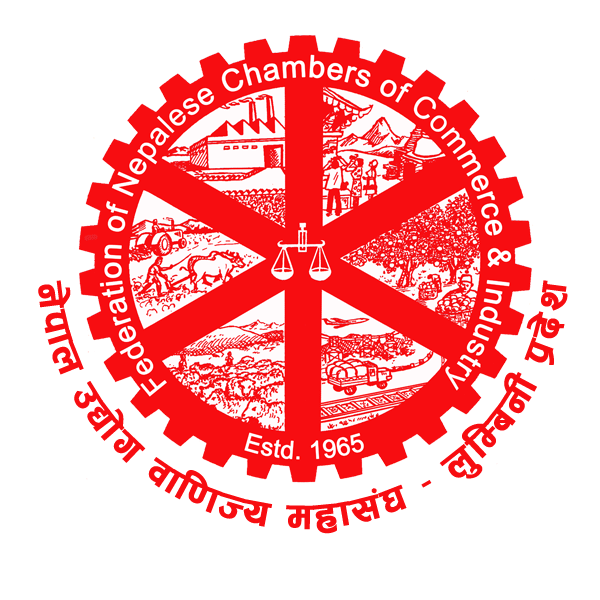Province Profile
Geography
Karnali province lies between 80058’58” & 83040’57” East longitude and 28010’7″ & 30026’50” North latitude. It has an area of 30,211 sq.km i.e 21.6% of the total area of the country. Out of which 38% land is covered by forest. Including 12.8% of graze land and 3.2% bush area total forest area of Karnali Province is 41%. It is bordered by Lumbini Province in the south, China in the north, Sudurpaschim Province in the west and Lumbini Province and Gandaki Province in the east. The Province is stretched 265 km east-west and 250 km north-south.
Topographically, the province is divided into four main regions starting from the the high Himalayan Region, Mahabharat region, mid mountains, valleys, and Chure in the south. The highest peak point of the Province is Churen Himal (7348 m). Surkhet valley is the capital of the Karnali Province. The valley is 9 km in length and 6 km breadth. Limi valley in Humla district of the province lies at an altitude above 4000 meter.
Apart from the topographical divisions, administratively there are 10 Districts. As per the new constitutional provision there are 79 local governments composed of 25 municipalities and 54 rural-municipalities with 718 wards.
CLIMATE
Karnali province has climatic variations, which is associated with the diverse nature of its topography and altitude. Climatic zone of Karnali province starts from High Himal in the north, above 7000m with tundra and arctic climate to Chure region in the south with sub-tropical climatic zone. The average annual precipitation of the Province is 1479mm.
According to studies Karnali Province is facing decrease in annual precipitation by 4.91mm yearly. Average annual temperature of the province is 26.10c. The maximum and minimum temperature of the Province is increasing yearly by 0.05 (maximum) and 0.01 (minimum).
Karnali Province is named after the longest river Karnali, measuring 507 km. Karnali River has many sub basins namely Bheri, Mugu Karnali, Tila, Lodi, Dojam, Seti, Babai, Rapti etc. 95% of the Karnali River flows in Nepal, remaining parts are in India and China. Karnali Province is rich in Lakes and Ponds. There are 936 lakes in the province, among which 429 lakes are above 5000 m including the largest lake Rara and deepest Lake Phoksundo of the country.
SOCIAL AND CULTURAL DIVERSITY
Among various spoken languages in the Province Nepali is spoken by 94.90 percent population. Sinja Valley, the place of origin of Nepali Language lies in Jumla district of the Province. Other major language spoken in the Province are Magar 2.46%, Tharu 0.44%, Bhote/Lama 0.75%, Kham 0.34%, Gurung 0.28%, Sherpa 0.19% and others 0.65%. The largest ethnic group in the Province is Chhetri (41.9%). Similarly, there are 15.8% Kami, 10.9% Magar, 10.3% Thakuri, Brahmin (8.4%), Damai (4%), Sarki 2.6%), Sanyasi (1.7%) and others 1.6%. Majority of population are Hindu (95.14%) in the Province predominantly followed by Buddhist (3.19%), Christian (1.36%), Muslim (0.18%) and others (0.1%). Out of the total population of the province (1570418) 49.31% of the population are residing in the urban area.
ECONOMY
As per Economic Survey (2019/20), Karnali Province contributes 4% to national GDP and it is estimated to have a growth rate of 3.6% in the fiscal year 2019/20.
There are 169 commercial banks, 20 development banks, 4 finance companies and 186 Microfinance companies in the Province, which is 3.9 percent of the total banking and commercial institutions in the country. Similarly, there are 139 life and 45 non life insurance companies and their branches in the province.
Agriculture and forest is the mainstay of province economy, providing a livelihood for three-fourths of the population and accounting 32.9% of GDP. Industrial activity in the province accounts very low and it shares only 13.8% of GDP, while service sector has a share of 53.3% in provincial GDP. Productivity of paddy in the province is 3.46 MT per ha, which is below the national average productivity of 3.8 MT per ha.
Out of the total paddy production in the country Karnali Province comprises 2.4%. Similarly 8.1% of Wheat, 8.2% Maize, 6.3% Buckwheat and 43.7% Barley is produced in the province.
According to Ministry of Agriculture and Livestock development in the year 2077 Karnali Province has Paddy plantation in 98.53% of the Paddy field in the Province.
There are 17063 small & cottage and mini industries in the Province registered under department of industry. Similarly, there are 2670 companies registered under company act in the province.
Karnali Province has immense potential of hydropower. But it has not seen a considerable growth in electrification till date. According to Nepal Electricity Authority report only 34.75% household in the province are electrified. Total number of electricity consumers in the province is 94662, consuming 46525 MWh of energy annually. According to NEA, Distribution and Consumer Service Directorate loss of electricity in the province is 15.66% for the year 2076/77. Out of the total loss in distribution Rukum (west) provincial office, contributes the highest loss percentage of 23.96.
2725 km of road is constructed in the Province. Out of total road constructed only 79 km is blacktopped, 193 km road is graveled and 2453 km road is earthern.
There are 3167 schools in the province with 537457 students including 277186 girls and 260271 boys. All together there are 11840 teachers working in various levels of schools.









